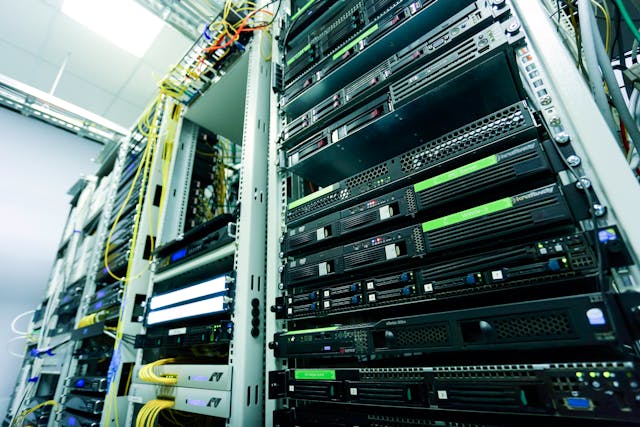
Building a Resilient IT Infrastructure: Key Components to Consider
In today’s fast-paced digital environment, the resilience of your IT infrastructure is paramount. A resilient infrastructure not only ensures continuous operation during disruptions but also enables organizations to recover quickly and efficiently. As businesses increasingly rely on technology, understanding the key components necessary for building a robust IT infrastructure becomes essential. Here are some critical elements to consider.
1. Redundancy and Failover Systems
One of the foundational aspects of a resilient IT infrastructure is redundancy. Implementing failover systems ensures that if one component fails—whether it’s a server, network connection, or application—there’s an immediate backup in place to take over. This could mean having duplicate servers in different geographic locations or utilizing cloud services that automatically redirect traffic during outages. Redundancy minimizes downtime and maintains business continuity.
2. Regular Backups and Data Recovery Plans
Data loss can severely impact an organization, making regular backups essential. Establishing a comprehensive data backup strategy involves automating backups to secure locations and ensuring that data is easily retrievable. Additionally, a robust data recovery plan should be in place to quickly restore operations after a disruption. Conducting regular tests of your recovery process is vital to ensure that your team is prepared and that your systems function as intended.
3. Scalable Cloud Solutions
Cloud technology has transformed the way organizations manage their IT infrastructure. Utilizing scalable cloud solutions allows businesses to adapt to changing demands without extensive overhauls. This elasticity means that as your organization grows or experiences fluctuations in resource needs, your IT infrastructure can adjust accordingly. Furthermore, cloud providers often offer built-in redundancy and security measures, enhancing overall resilience.
4. Strong Cybersecurity Measures
Cyber threats are among the most significant risks to IT infrastructure. Building resilience means implementing strong cybersecurity protocols to protect against attacks. This includes firewalls, intrusion detection systems, regular security audits, and employee training on best practices. A proactive approach to cybersecurity helps prevent breaches that could disrupt operations and compromise sensitive data.
5. Network Reliability and Monitoring
A reliable network is crucial for any IT infrastructure. This involves not only having redundant internet connections but also employing advanced monitoring tools to track performance and detect potential issues before they escalate. Regular assessments of your network infrastructure can identify weaknesses and ensure that your systems are equipped to handle increased traffic or unexpected outages.
6. Documentation and Standard Operating Procedures
Having clear documentation and standard operating procedures (SOPs) is essential for maintaining a resilient IT infrastructure. Well-documented processes ensure that team members can quickly respond to incidents and follow consistent protocols for maintenance and troubleshooting. This minimizes confusion and speeds up recovery times during disruptions.
7. Disaster Recovery and Business Continuity Planning
A comprehensive disaster recovery (DR) and business continuity plan (BCP) is vital for resilience. These plans outline the steps to take in the event of a disaster, including communication strategies, roles and responsibilities, and recovery timelines. Regularly reviewing and updating these plans ensures that your organization remains prepared for unforeseen events, whether natural disasters, cyberattacks, or other crises.
Conclusion
Building a resilient IT infrastructure requires a multifaceted approach that encompasses redundancy, regular backups, cloud solutions, strong cybersecurity, network reliability, documentation, and disaster recovery planning. By prioritizing these key components, organizations can enhance their ability to withstand disruptions, minimize downtime, and maintain operational efficiency. As technology continues to evolve, investing in resilience is not just a strategy; it’s a necessity for long-term success.
